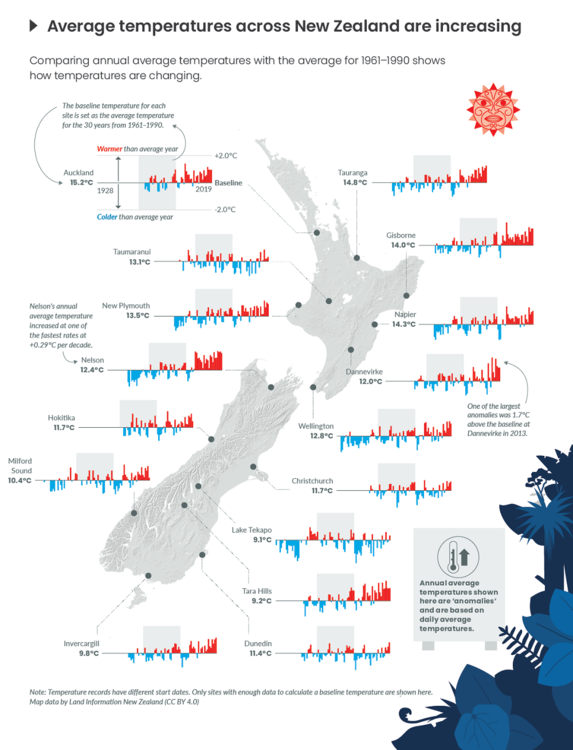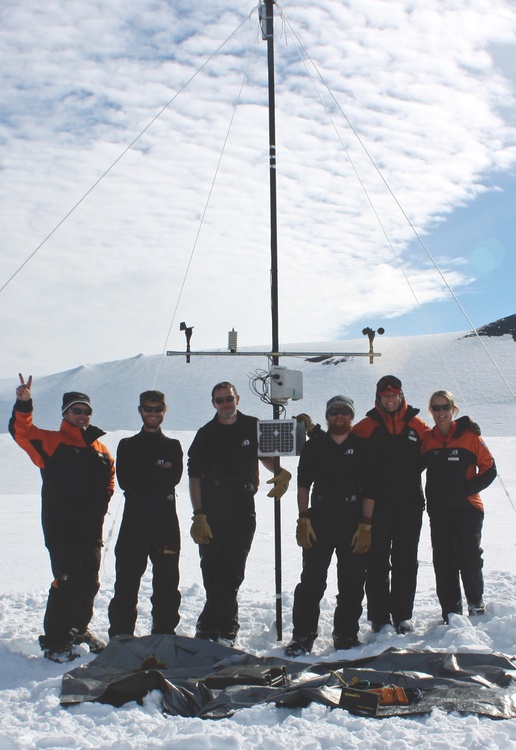Data is the precursor to information. It’s an unorganised collection of values expressed as numbers, text or symbols. That may seem quite abstract – and raw data is somewhat abstract – but data is important because by processing it, through analysis, we can glean useful facts and knowledge.
Defining data
Data is the plural of datum, which is Latin for “a thing that has been given”. So we might think of a single datum as an isolated fact that might seem meaningless on its own, but when accumulated into a larger collection of data (also known as a dataset), it can be analysed to tell us factual information.
Data is sometimes represented as the bottom step of a pyramid showing how facts are used. Raw data is processed to glean usable information, which we can use to increase our knowledge about the world. Knowledge in turn leads to wisdom, which tells us how to act.
Daily interactions with data
We all interact with data every day, though in most cases it’s been processed – whether by human analysts and/or using computers – to provide information in a form we can digest. This might be a chart or graph or a textual summary.
One example is the daily weather forecast. Whether we check an app or find out from the news, the question “Is it going to be rainy or sunny today?” is answered using a wealth of meteorological data that’s constantly being gathered by NIWA and MetService stations across the country. If we were to view this data in its raw form, it would probably seem like a long series of numbers that tell us very little. But when analysed, it can yield information about what weather conditions these instruments have recorded. And when experts plot this information on a timeline, they can observe trends that are used to predict what the weather is likely to do next.
Another example of how we use data might be something as simple as a phone bill. When we use our phones, every text, phone call, stream and download is entered into the dataset the phone company keeps to determine what services we’ve used. When the bill arrives, it contains a breakdown of what charges are included – information has been extracted from the raw data.
How do scientists use data?
Data collection and analysis is at the heart of science. Whether scientists are making observations or performing experiments, they are constantly gathering data. The mahi of science is then working with that data to find out what information and knowledge can be extrapolated.
It is entirely possible to look at the same data and come to different conclusions, and that’s why the scientific process is so valuable.
Drew Bingham, Senior Analyst, Ministry for the Environment
Climate change research is a good example of how scientists use data to build understanding and inform action. For example, climate data doesn’t start with numbers – it often starts by collecting air samples in flasks. The samples are processed using standardised processes to ensure accuracy. The next step is for scientists to interpret the data – to make meaning from it and provide information.
Other types of data collection and analysis are also helping our understanding of climate change. Dr Pauline Harris is collecting oral stories from iwi and hapū across Aotearoa New Zealand. She is looking for changes to the environment over the last 50 years. Dr Harris is using a broad range of evidence – centuries of mātauranga Māori and maramataka, written text and digital technologies – to provide evidence about the effects of climate change.
Adventures in data collection
Collecting data can be an adventure in itself. Every year, scientists from New Zealand and around the world travel to Antarctica to gather data about everything from the weather to information about the Earth’s history preserved deep within the ice. Like other scientists, Antarctic researchers gather data using a combination of instruments – sensors, weather stations, drills and even satellites – and basic human observation.
It’s no exaggeration to say that every scientific endeavour involves the gathering or interpretation of data. Browse any video or article on the Hub and you’ll see data being collected and analysed.
Nature of science
Science is based on the collection and interpretation of data. Thinking about the difference between data and information helps us to understand how scientists, and everyone else, form knowledge about our world.
Related content
Read more about the ways data is interpreted and displayed:
- Data about data
- Winning ways: presenting scientific data
- You can count on it
- Te Tatauranga o ngā Manu Māra o Aotearoa – exploring data
Activity ideas
Activities to build students’ understanding of data and information:




